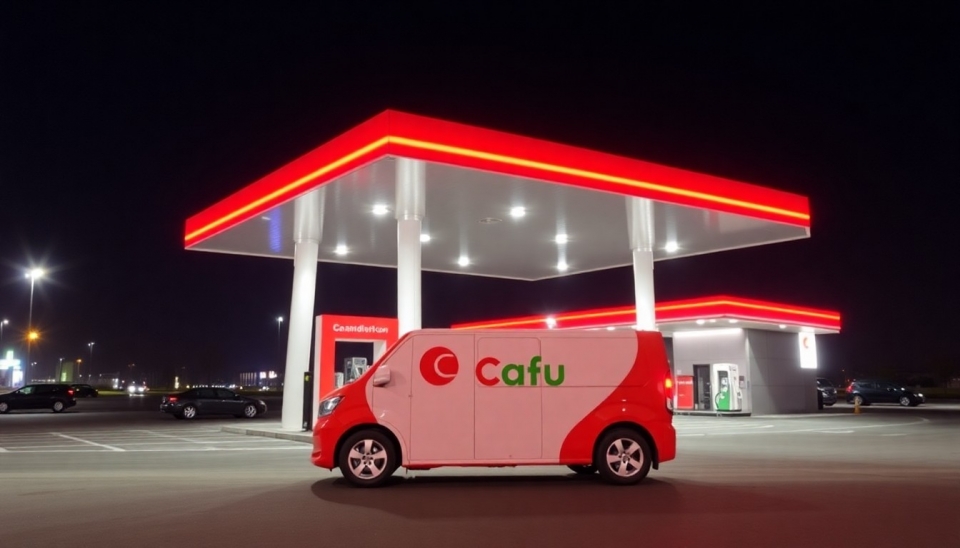
Chinese battery manufacturers are currently grappling with a confluence of adverse factors that threaten their industry’s growth and global competitiveness. Worsening tariffs imposed by various countries, combined with existing domestic challenges, have created a turbulent environment for these critical players in the energy sector.
As the demand for electric vehicles (EVs) surges globally, Chinese companies such as Contemporary Amperex Technology Co. Limited (CATL), not only seek to meet this rising demand but also face increasing scrutiny and significant tariff burdens from foreign markets. Many of these tariffs have been introduced in an effort to protect local industries in regions such as North America and Europe, where governments are pursuing policies to bolster the domestic production of EV batteries.
Analysts estimate that tariffs could add up to 20% on Chinese battery imports in some cases, imposing a staggering financial burden on manufacturers. This rise in costs could potentially lead to increased prices for consumers, thereby complicating the already challenging endeavor of making electric vehicles affordable and accessible worldwide. In addition to tariffs, the Chinese battery industry is being further squeezed by internal issues such as regulatory hurdles, environmental concerns, and competition from emerging technologies.
Moreover, the Chinese government has implemented its own set of stringent regulations aimed at curbing pollution and promoting sustainability. While these measures are intended to benefit the environment, they inadvertently create additional operational challenges for battery manufacturers who must comply with the new standards. As they struggle to align their production with these regulations, the pressure continues to mount on Chinese companies to remain competitive on the global stage.
Industry experts suggest that in the long haul, the tariff situation might prompt some Chinese manufacturers to pivot their strategies. By investing in overseas production facilities, they could mitigate tariff exposure while expanding their global footprint. This shift not only helps in reducing costs associated with tariffs but also demonstrates a commitment to local markets in regions where they establish operations.
The landscape for battery manufacturers won't simply alter at the governmental level. As global consumers increasingly prioritize sustainability, battery makers must answer to changing consumer preferences. Companies that can showcase a commitment to eco-friendly practices may find themselves in a better position to capture market share, even as they navigate the complexities of tariffs and regulations.
Ultimately, the resilience and adaptability of Chinese battery manufacturers will be tested as they confront the dual challenge of global tariffs and domestic regulations. Their ability to innovate and respond to market demands will play a crucial role in determining the future trajectory of the industry.
With the battery market’s significance set to increase alongside the rising popularity of electric vehicles, all eyes are on how these challenges will reshape the landscape of battery production both in China and across the world.
#ChineseBatteries #ElectricVehicles #Tariffs #BatteryManufacturing #Sustainability #EVMarket #GlobalTrade #IndustryChallenges
Author: Liam Carter




